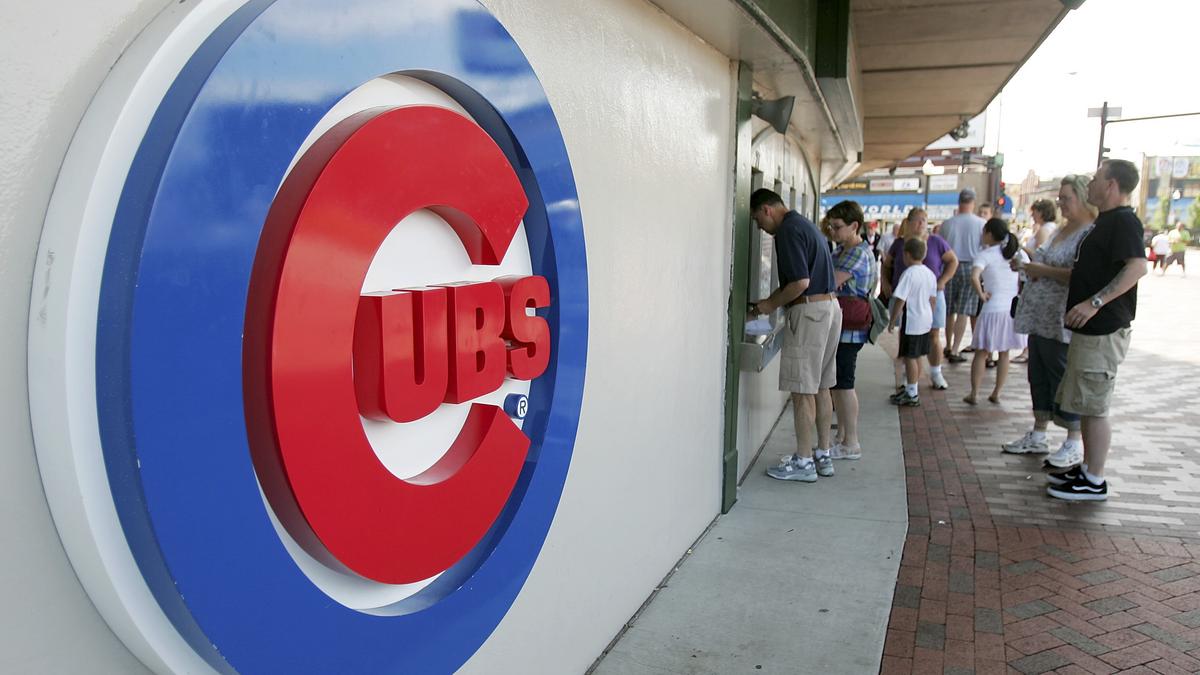
WGN began regular broadcasts of Cubs and White Sox home games in 1927, with Ryan describing the entire home schedule for both clubs. These days, a man with Totten’s vocal delivery would be, at best, allowed to read stock quotations over public-access TV. Their announcer, sportswriter Hal Totten, had a sense of humor drier than any wine, and a voice that barely varied from its signature monotone. To illustrate this in stark black and white, we can look to station WMAQ, which also began broadcasting Cubs and White Sox games around the same time. The idea of broadcasting baseball games over the air was only implemented because enough advertisers showed interest to pay for the program, and in these days before sophisticated Arbitron and Neilsen surveys, it was anyone’s guess as to what the Joe and Jane Doe with a wireless set would enjoy. Of course, it’s critical to realize that at the birth of radio baseball, no template yet existed of “appropriate” commentary for the game. In an indication of the utter seriousness in which baseball was held at the time, Ryan was joined in the booth by two comic actors responsible for the locally popular “Sam ‘n’ Henry” WGN radio show. More games were added during the season, however, as the Cubs proved a popular program. The following year, 1926, WGN and Ryan contracted to air every Saturday afternoon Cubs home game as well as the Opening Day tilt. In 1931, Commissioner Landis granted just two radio networks-NBC and CBS-permission to broadcast baseball’s fall classic, and WGN picked up NBC’s feed featuring the popular McNamee.)
CUBS RADIO NETWORK SERIES
(That fall, Ryan and Graham McNamee, in a first, aired coast-to-coast national broadcasts of the Pittsburgh-Washington World Series on WGN, which would continue to air World Series contests for many years.



The few existing sound bites of Ryan, a local writer and boxing expert, reveal a genial presence with a friendly tone. Opening day, April 14, 1925, marks the first regular-season broadcast on WGN, with Quin Ryan replacing Kaney on the Wrigley Field grandstand roof for an 8-2 win over visiting Pittsburgh. While Kaney was no baseball expert, he is said to have been witty and engaging on the air. In the first-ever local radio transmission of major league baseball, WGN carried the entire Cubs–White Sox 1924 post-season city series, with Kaney sitting on the Wrigley Field rooftop, next to the press area, to describe the action. Originally employed by KYW, Kaney on Aptransferred to WDAP (soon renamed WGN, and then, as today, operated by the Chicago Tribune) as program director and an on-air personality. Sen Kaney was among the first stars of radio, operating in Chicago, a town that took to the medium like nobody’s business. Wrigley felt that the publicity would be good for his team-a belief from which many other owners of baseball teams recoiled in horror. The Cubs, encouraged by owner Phil Wrigley, made it known in the early 1920s that they welcomed stations who wished to broadcast their games on the radio. The history of Chicago Cubs radio and television is, in many ways, the history of baseball broadcasting itself. and Pennsylvania Avenue had set up a loudspeaker in front of the main entrance tuned to station WRC, which broadcast “returns,” as they were then called, of road games played by the Senators.īaseball fans might be surprised to find that the most significant broadcasting city in the history of the national game is Chicago, rather than New York, Washington, Los Angeles, Pittsburgh, Boston, or Philadelphia. A JWashington Post article noted that the Saks clothing store at Seventh St. The following year’s series, again featuring the Yankees and Giants, was also broadcast.Ĭatering to the universal love for baseball, radio stations all over the land soon began reading ticker-tape results from their local teams’ ballgames, and such broadcasts were almost immediately seen as enticements. That fall, radio fans heard the Yankees-Giants World Series over Newark’s WJZ, on KDKA, and on Boston’s WBZ (all stations owned by Westinghouse). The host Pirates won 8-5 as Harold Arlin laid down the action on Pittsburgh’s KDKA for the few people in the world who owned the equipment needed to listen. The first major-league baseball game ever broadcast on radio was Friday, August 5, 1921’s Pittsburgh Pirates–Philadelphia Phillies tilt at Forbes Field.

A HISTORY OF CUBS BROADCASTING Copyright 2007 Stu Shea All Rights Reserved


 0 kommentar(er)
0 kommentar(er)
